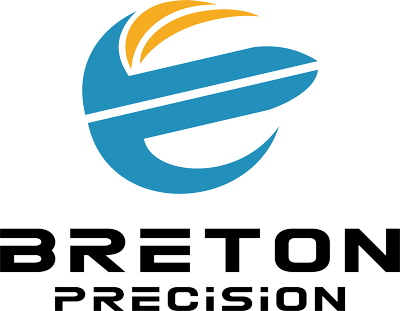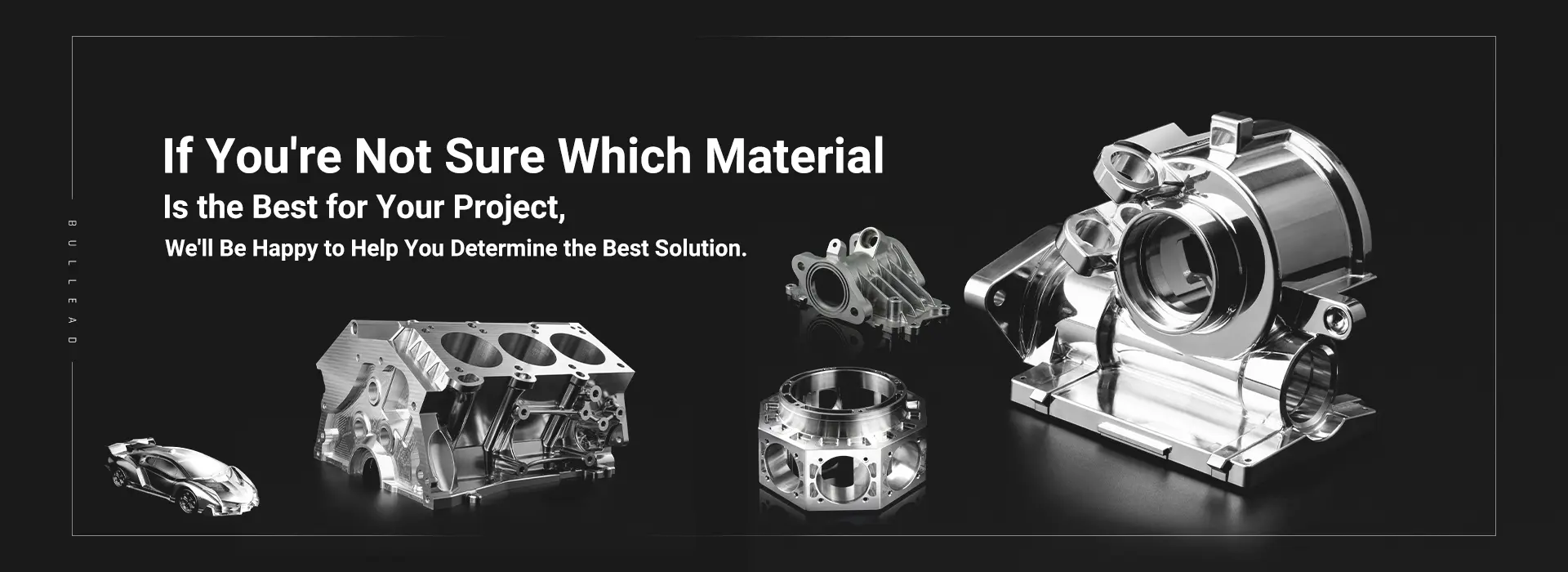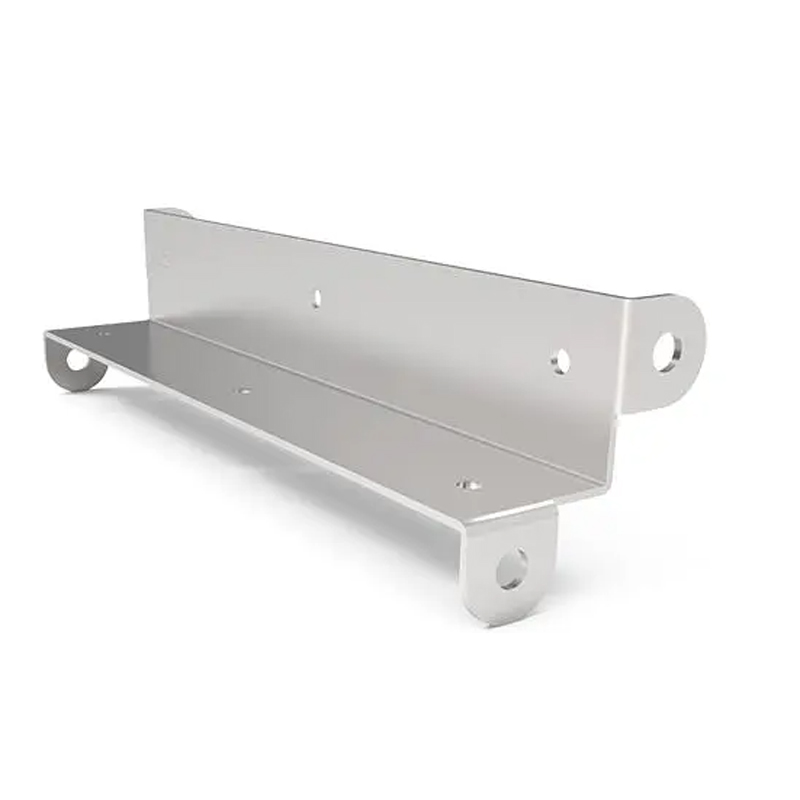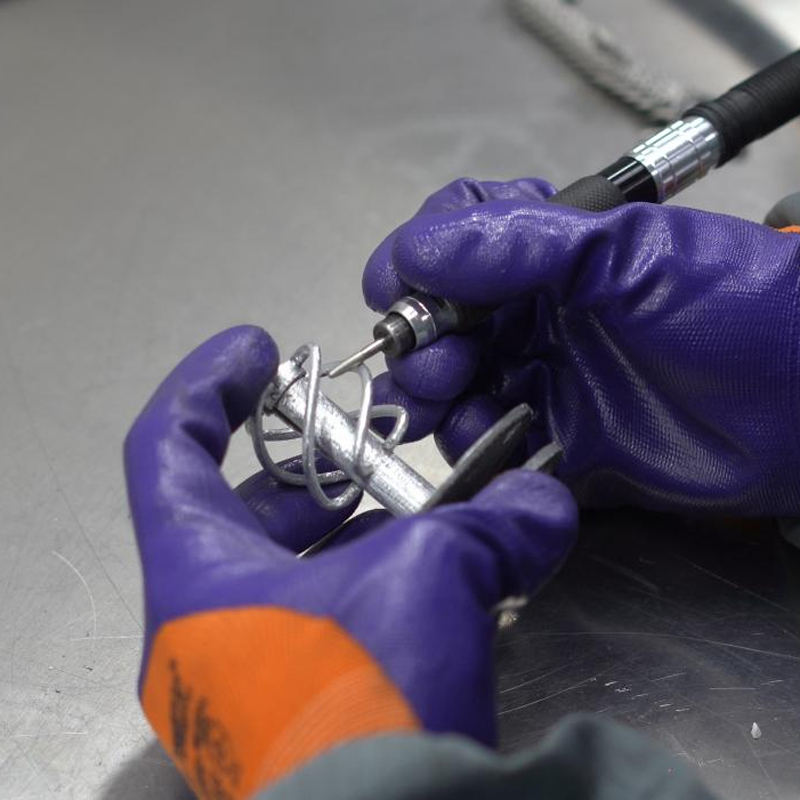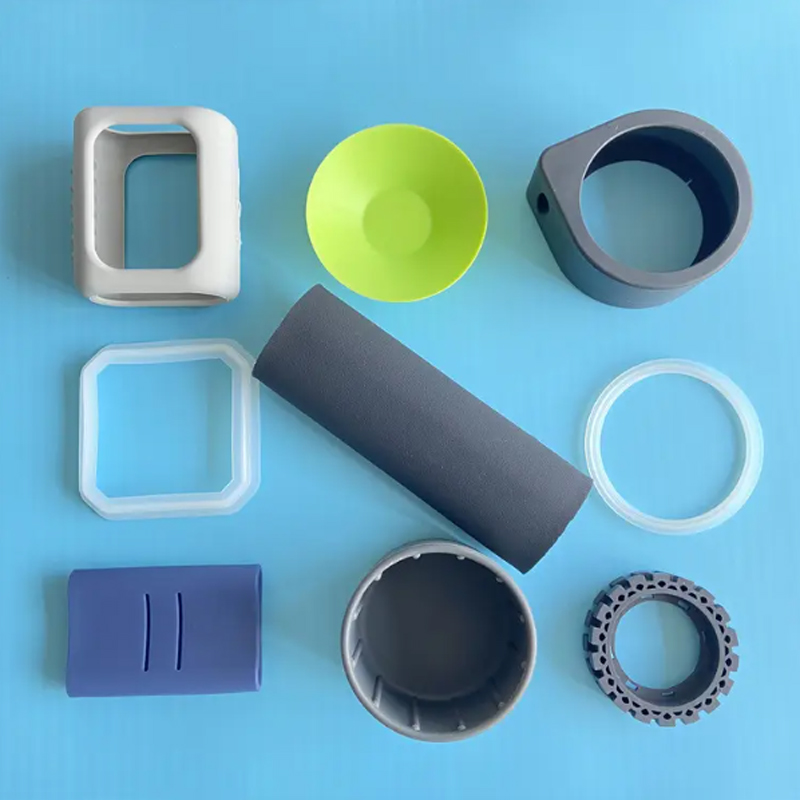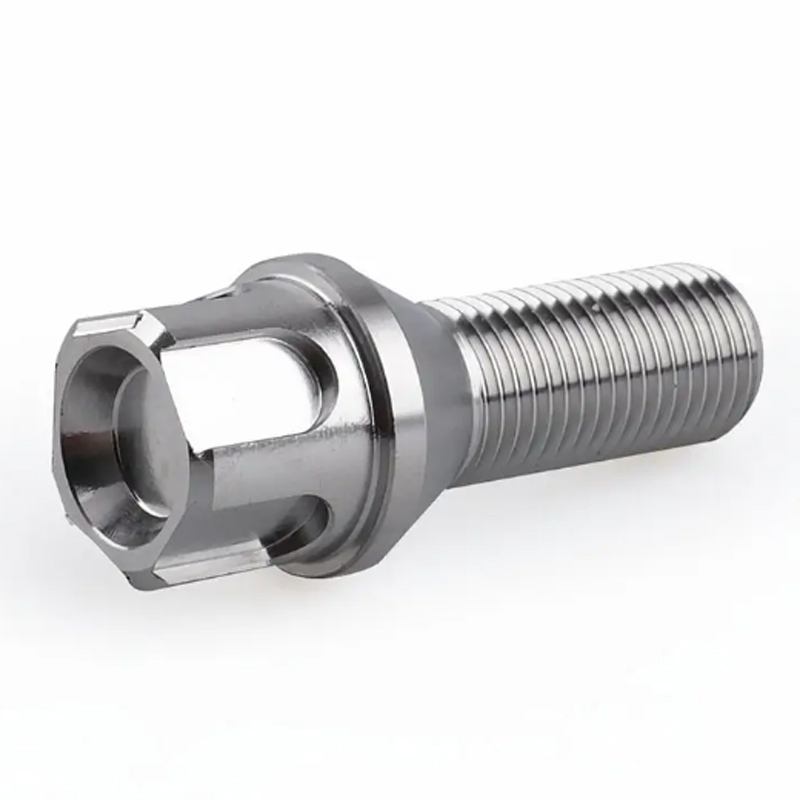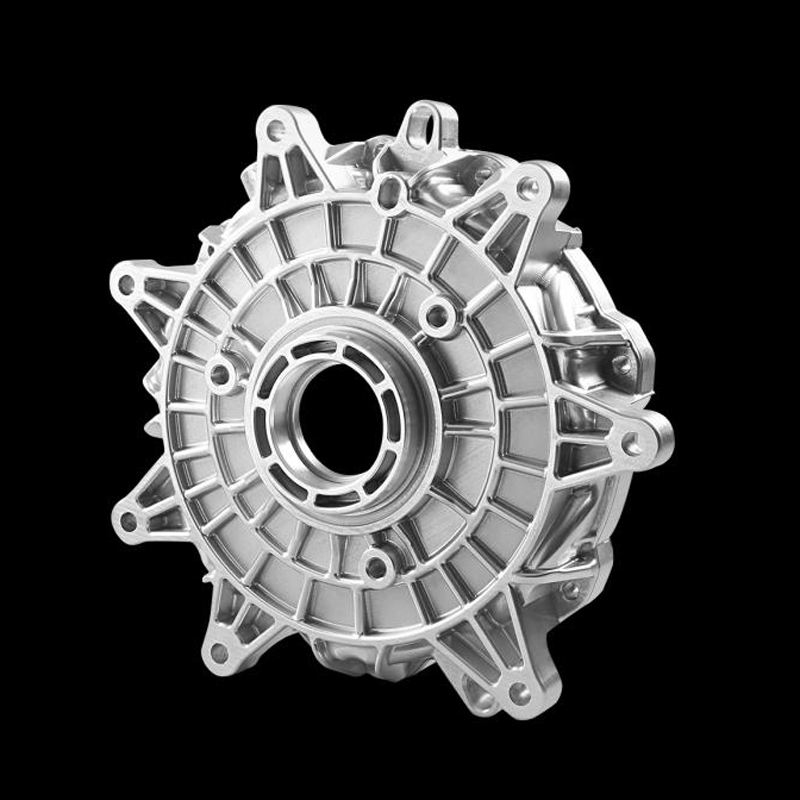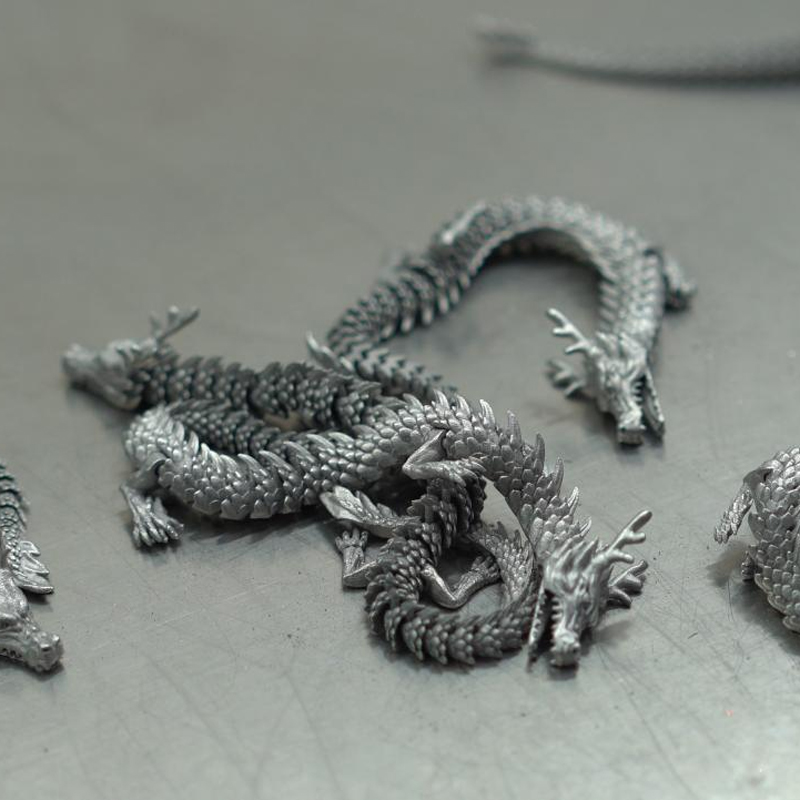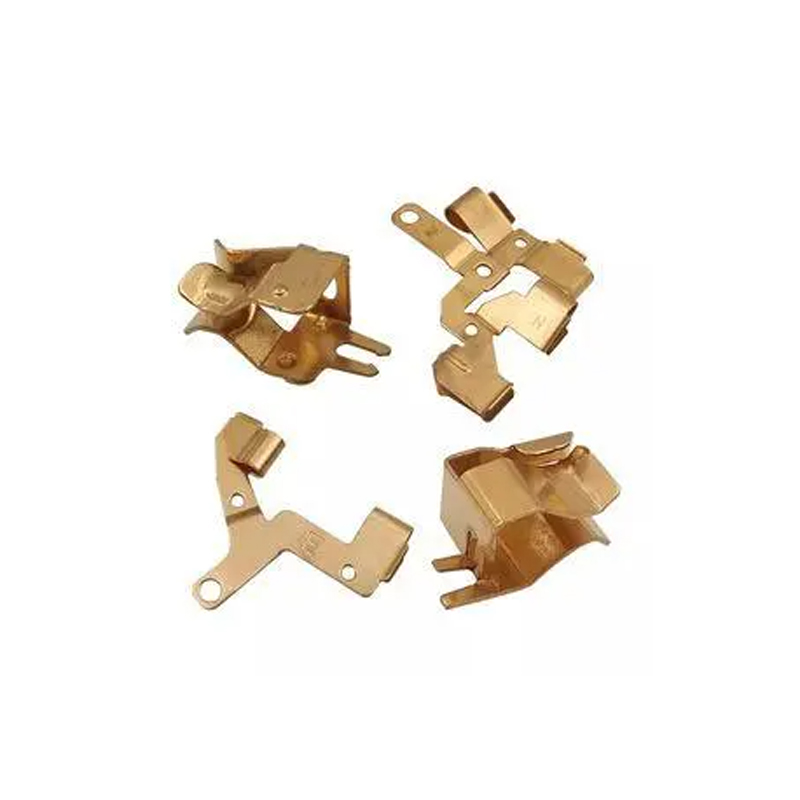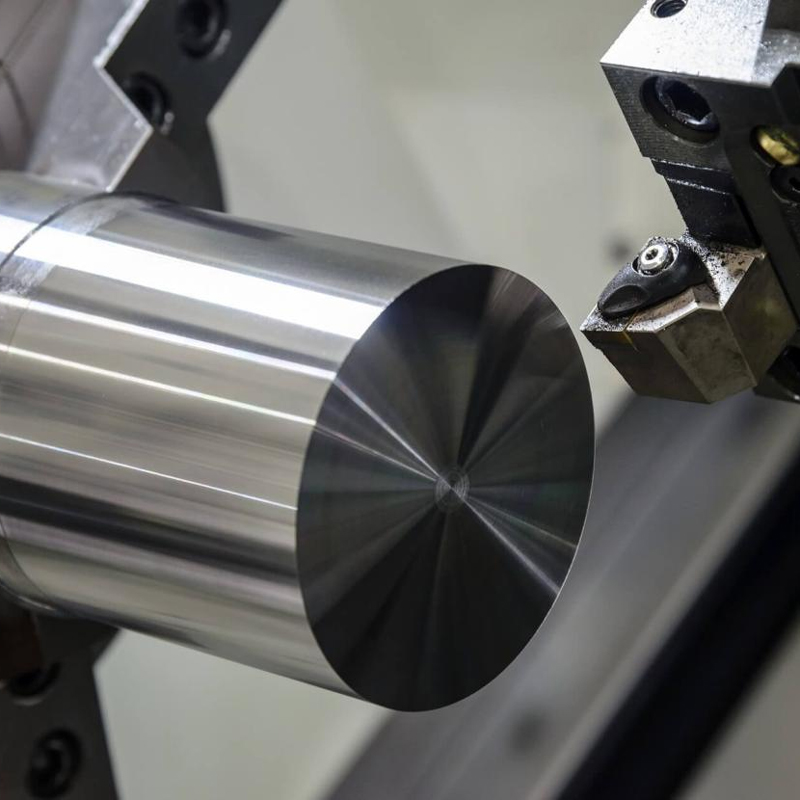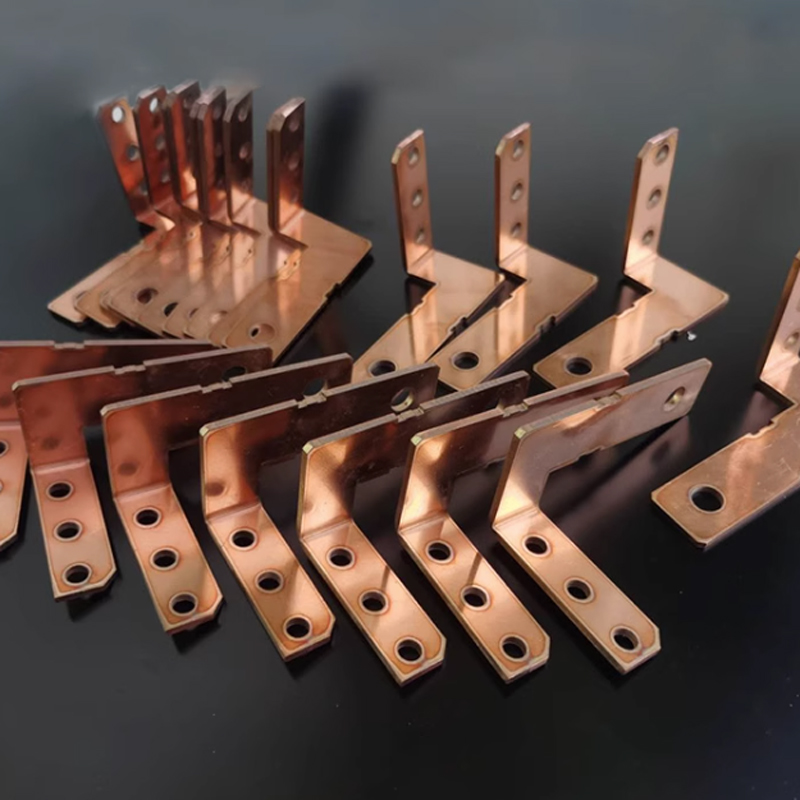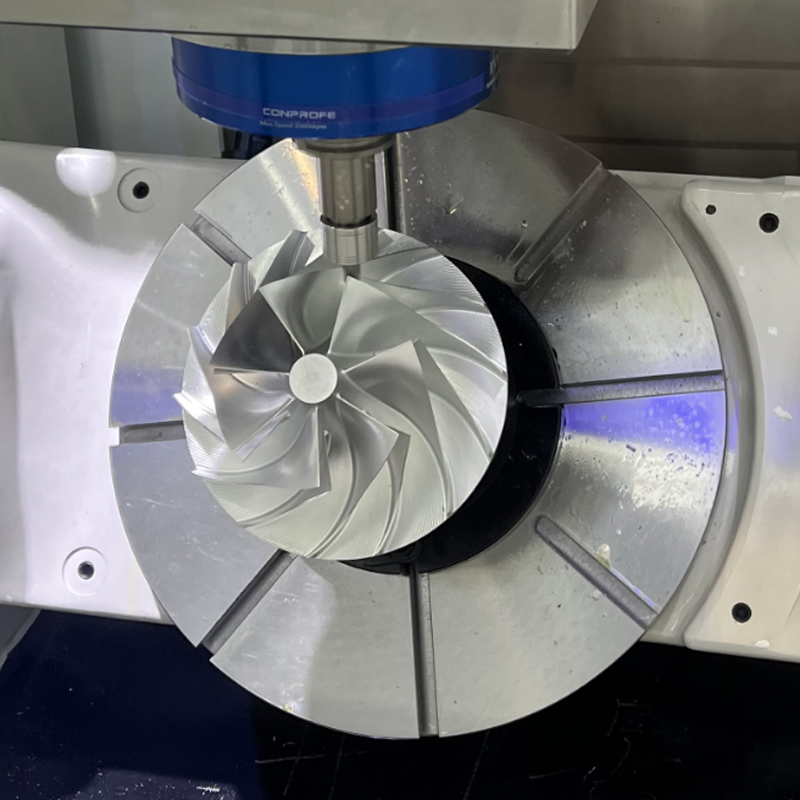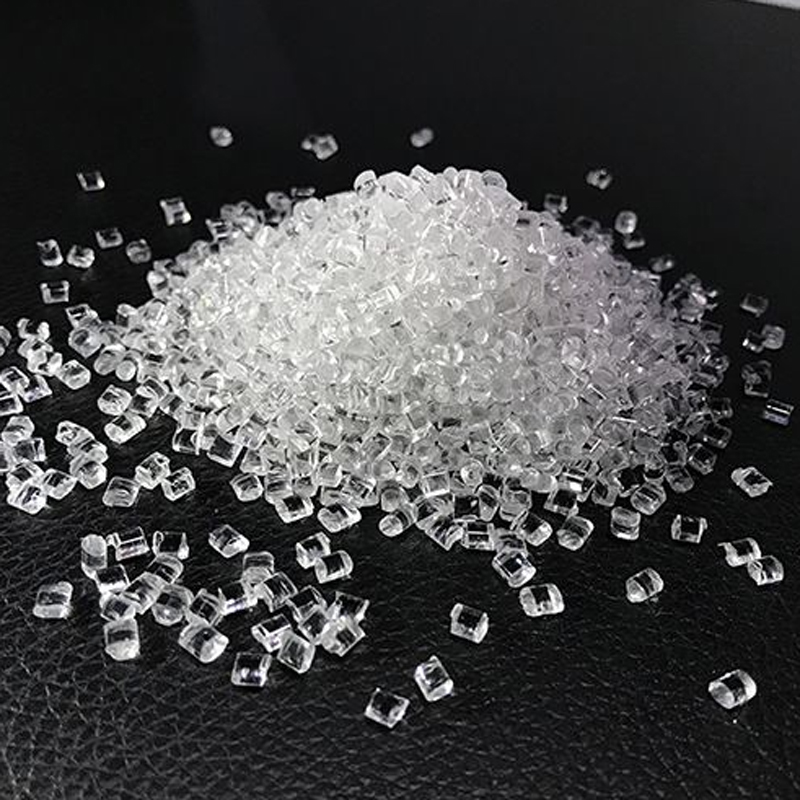3d printing prototype
3D printing has revolutionized the way we approach prototyping, providing unparalleled flexibility, speed, and cost-efficiency in the design and development process. This technology has become a vital tool for various industries, from automotive to aerospace, healthcare to consumer electronics, enabling faster iterations, reduced material waste, and the creation of complex geometries that were once impossible to achieve. When it comes to 3D printing prototypes, the process begins with the design phase. Engineers and designers use CAD (Computer-Aided Design) software to create a virtual 3D model of the desired product. This model can be manipulated and refined virtually, eliminating the need for physical prototypes in the early stages of development. Once the design is finalized, it is then exported as a 3D printable file, such as an STL or OBJ file. The next step is to prepare the 3D printer for printing. This involves loading the appropriate filament or resin into the printer, calibrating the machine to ensure accurate printing, and slicing the 3D model into layers that the printer can build upon. The slicing process converts the 3D model into a series of 2D cross-sections, which the printer then prints layer by layer, stacking them on top of each other to create the final prototype. The speed of 3D printing prototypes is one of its most significant advantages. Compared to traditional manufacturing methods, such as CNC machining or injection molding, 3D printing can produce prototypes in a fraction of the time. This allows for faster iterations and revisions, enabling engineers and designers to test and refine their designs more quickly. In addition to speed, 3D printing also offers a high degree of flexibility. Since the process is additive, it can create complex geometries and hollow structures that are difficult or impossible to achieve with traditional manufacturing methods. This flexibility allows for the creation of prototypes that are more representative of the final product, enabling more accurate testing and evaluation.
